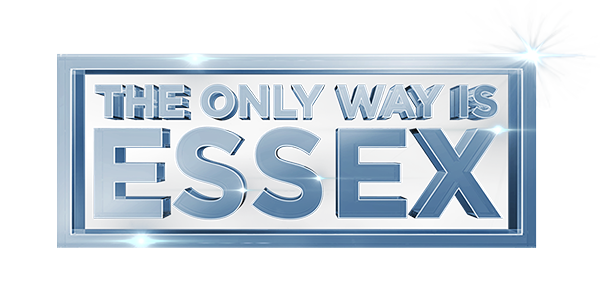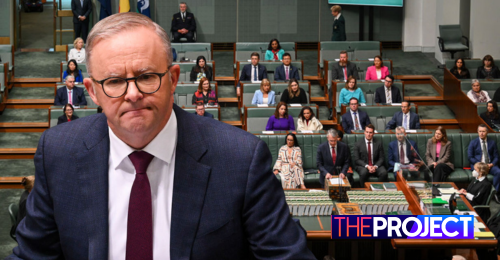Prime Minister Anthony Albanese is set to consider the expansion, which would be the first increase since Bob Hawke was in power.
The Hawke government expanded the size of the lower house from 125 to 148, with that number increasing to 151 after redistributions later on.
But the number of people per MP is now 170,000. It was 105,000 after the change by Hawke which was already double the 50,000 it was at Federation.
Because each state is guaranteed at least five seats under the Constitution, there is a huge discrepancy between the electorates as well, particularly due to Tasmania’s lower population.
The NSW electorate of Macarthur for example, has 136,695 enrolled voters, while the Tasmanian seat of Clark has just 74,342.
There was a parliamentary inquiry following the 2022 election into the “one-vote one-value” principle. The principle advocates that all electorates should have about the same number of voters.
“We’ve had a number of submissions raise the issue of representation, and it’s an important issue that the committee will be considering as part of the inquiry,” the inquiry’s chair, Labor MP Kate Thwaites said.
According to the think tank The Australia Institute, the number of seats would need to be increased to between 223 and 234 to be on par with the representation found under the Hawke reforms.
“Since 1984, Australia’s population has grown by about 10 million but the number of parliamentarians has stayed the same,” said director of the democracy and accountability program, Bill Browne.
“That leaves local members and senators stretched too thinly, between their obligations to more and more voters, an increasing volume of legislation, and committee work scrutinising policy and the government.”





























